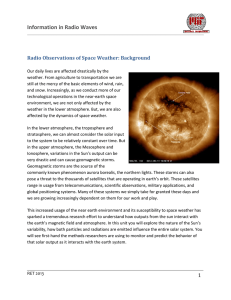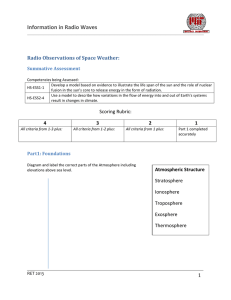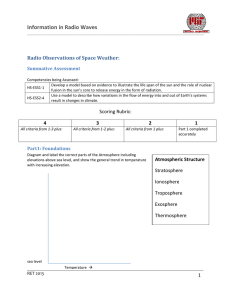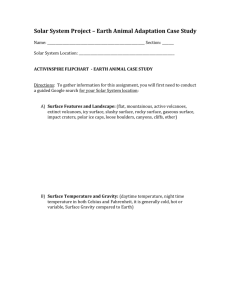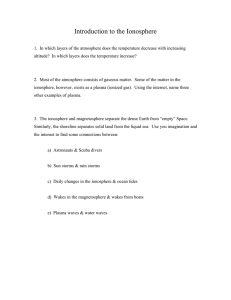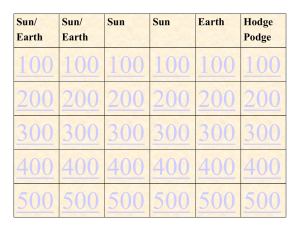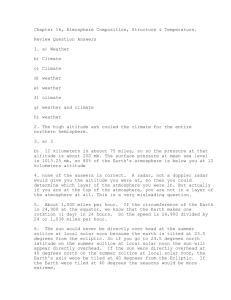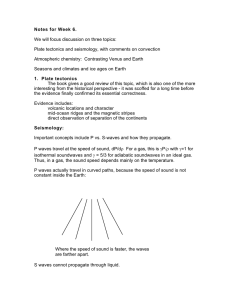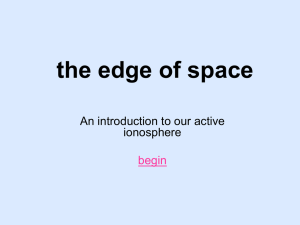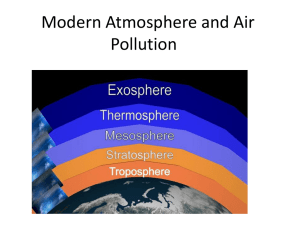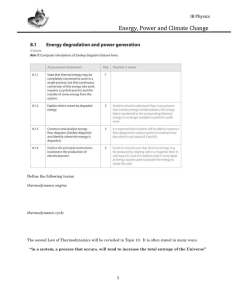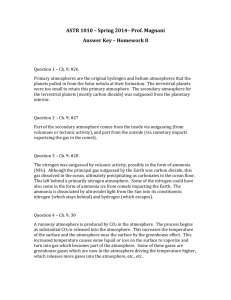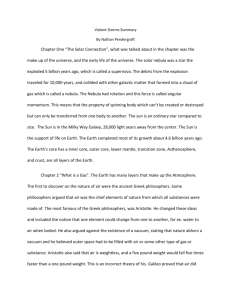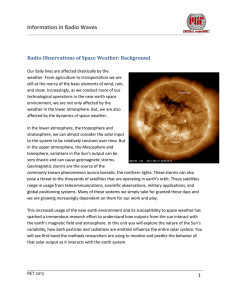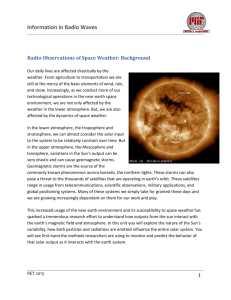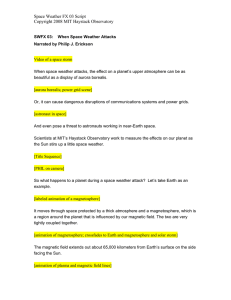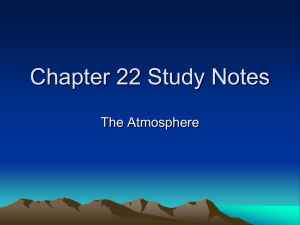ITMW
advertisement
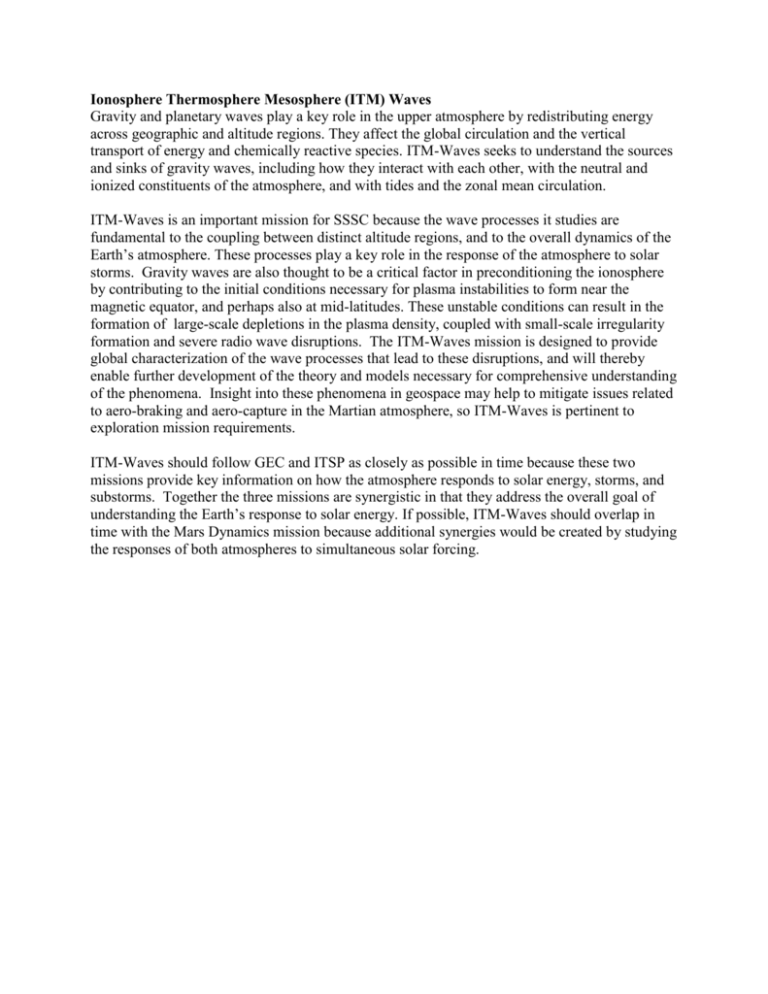
Ionosphere Thermosphere Mesosphere (ITM) Waves Gravity and planetary waves play a key role in the upper atmosphere by redistributing energy across geographic and altitude regions. They affect the global circulation and the vertical transport of energy and chemically reactive species. ITM-Waves seeks to understand the sources and sinks of gravity waves, including how they interact with each other, with the neutral and ionized constituents of the atmosphere, and with tides and the zonal mean circulation. ITM-Waves is an important mission for SSSC because the wave processes it studies are fundamental to the coupling between distinct altitude regions, and to the overall dynamics of the Earth’s atmosphere. These processes play a key role in the response of the atmosphere to solar storms. Gravity waves are also thought to be a critical factor in preconditioning the ionosphere by contributing to the initial conditions necessary for plasma instabilities to form near the magnetic equator, and perhaps also at mid-latitudes. These unstable conditions can result in the formation of large-scale depletions in the plasma density, coupled with small-scale irregularity formation and severe radio wave disruptions. The ITM-Waves mission is designed to provide global characterization of the wave processes that lead to these disruptions, and will thereby enable further development of the theory and models necessary for comprehensive understanding of the phenomena. Insight into these phenomena in geospace may help to mitigate issues related to aero-braking and aero-capture in the Martian atmosphere, so ITM-Waves is pertinent to exploration mission requirements. ITM-Waves should follow GEC and ITSP as closely as possible in time because these two missions provide key information on how the atmosphere responds to solar energy, storms, and substorms. Together the three missions are synergistic in that they address the overall goal of understanding the Earth’s response to solar energy. If possible, ITM-Waves should overlap in time with the Mars Dynamics mission because additional synergies would be created by studying the responses of both atmospheres to simultaneous solar forcing.
